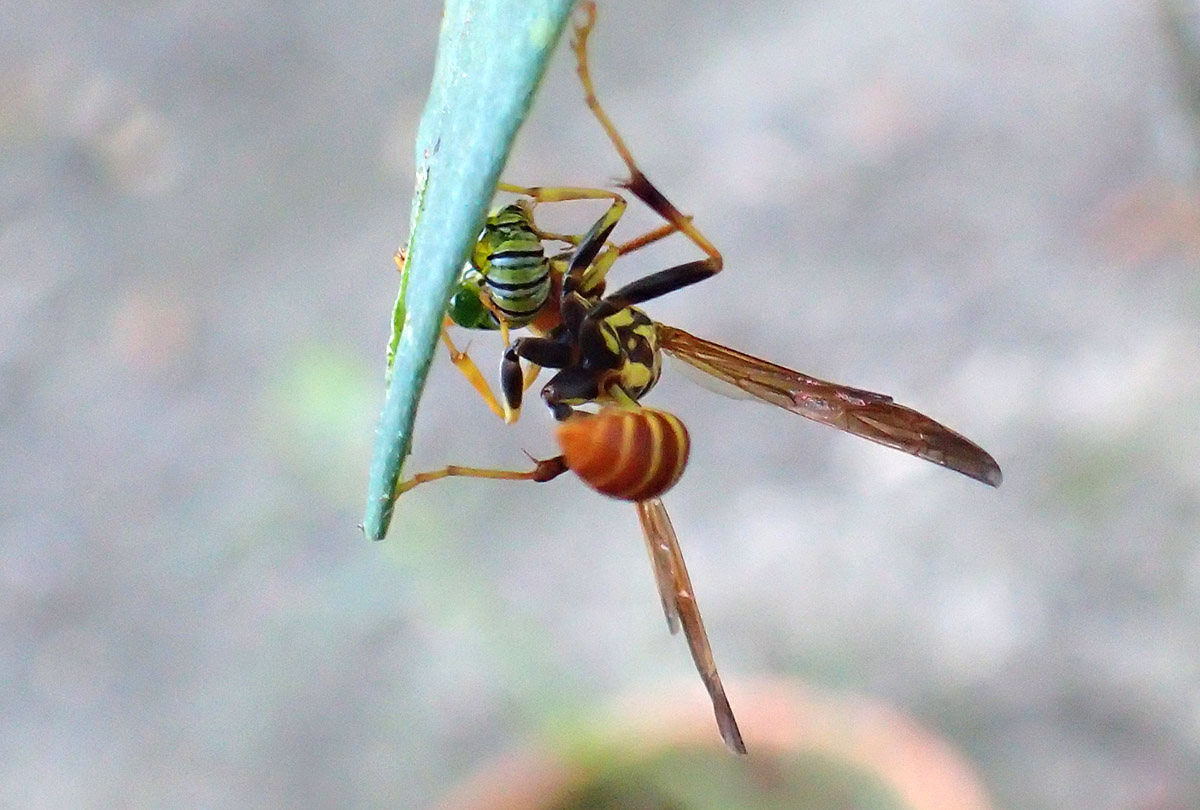WFSU Ecology Producer Rob Diaz de Villegas observes and photographs the wildlife in his yard. In his years of photos, we see the rhythms of the seasons, and the relationships between plants and insects, and the birds, reptiles, and other larger animals who depend on them.
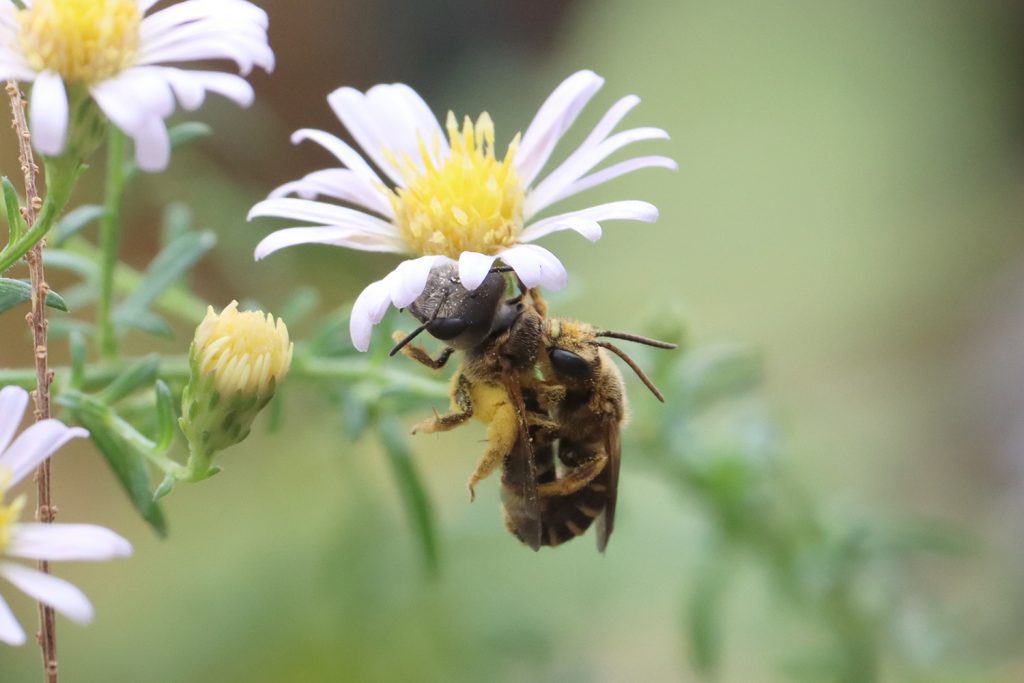
The 2022 Backyard Ecology Blog
A new space opens up in the yard, and, guided by our segment on bee friendly plants, we install a new pollinator space. As a result, we see several new bee, butterfly, and butterfly caterpillar species in the yard.
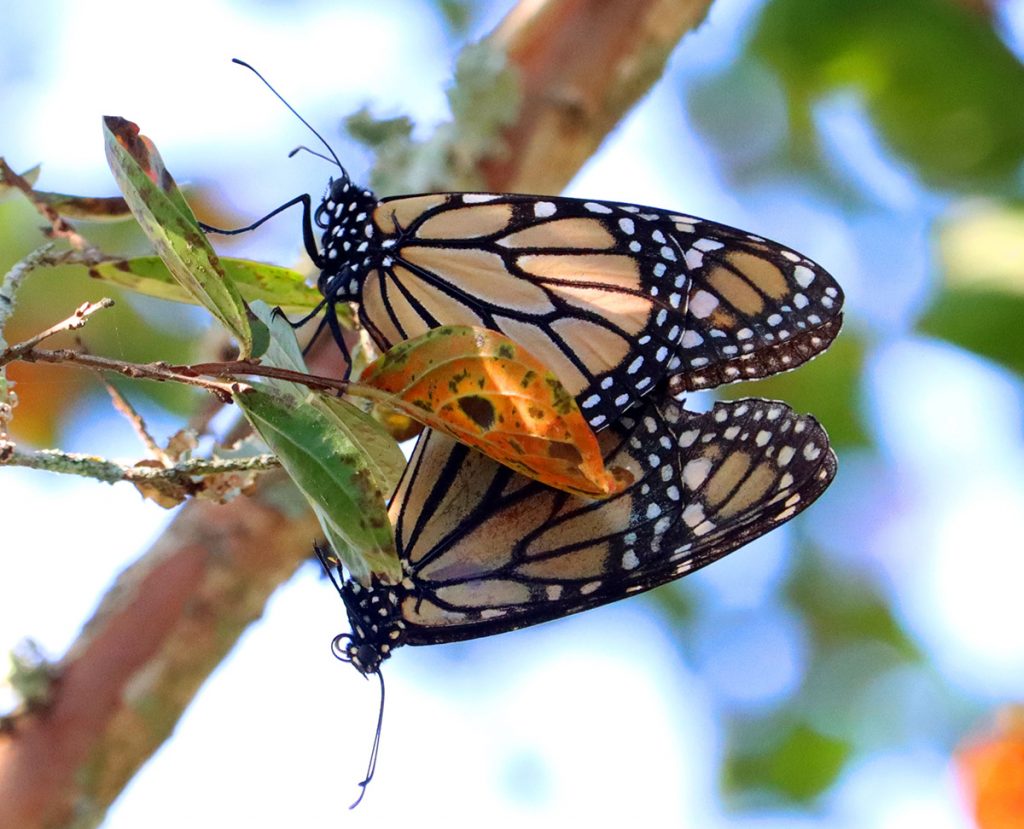
The 2021 Backyard Ecology Blog
We’re maintaining one page throughout the year, adding new entries as we log new observations. So keep checking back!
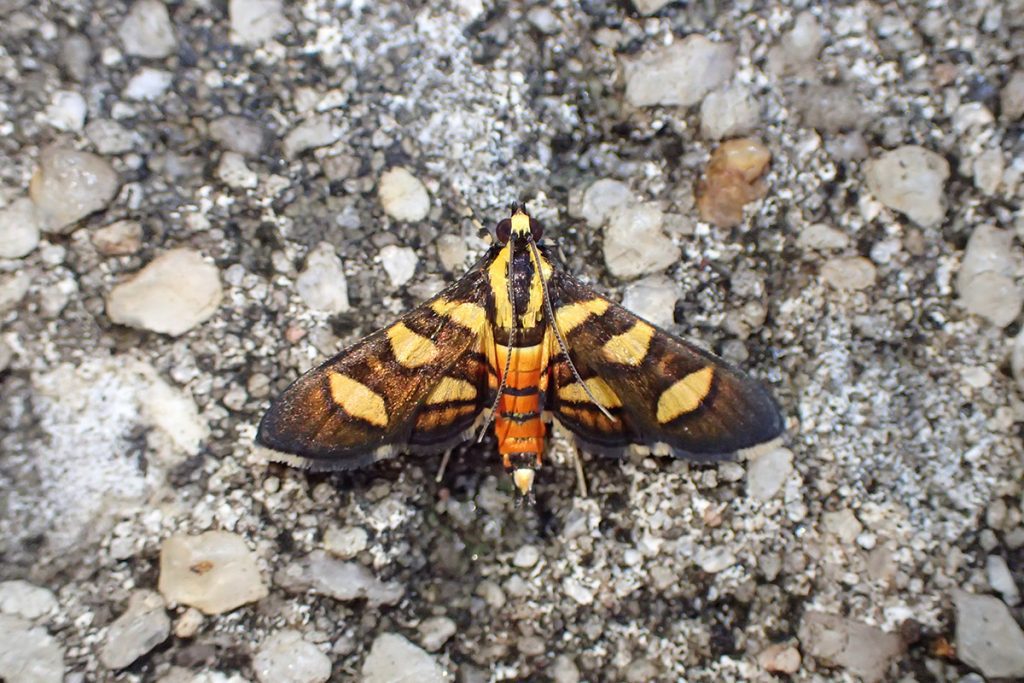
Backyard Blog November and December 2020
As the year ends, insects prepare to overwinter, flowers go to seed, and migratory birds visit our fruit bearing trees.
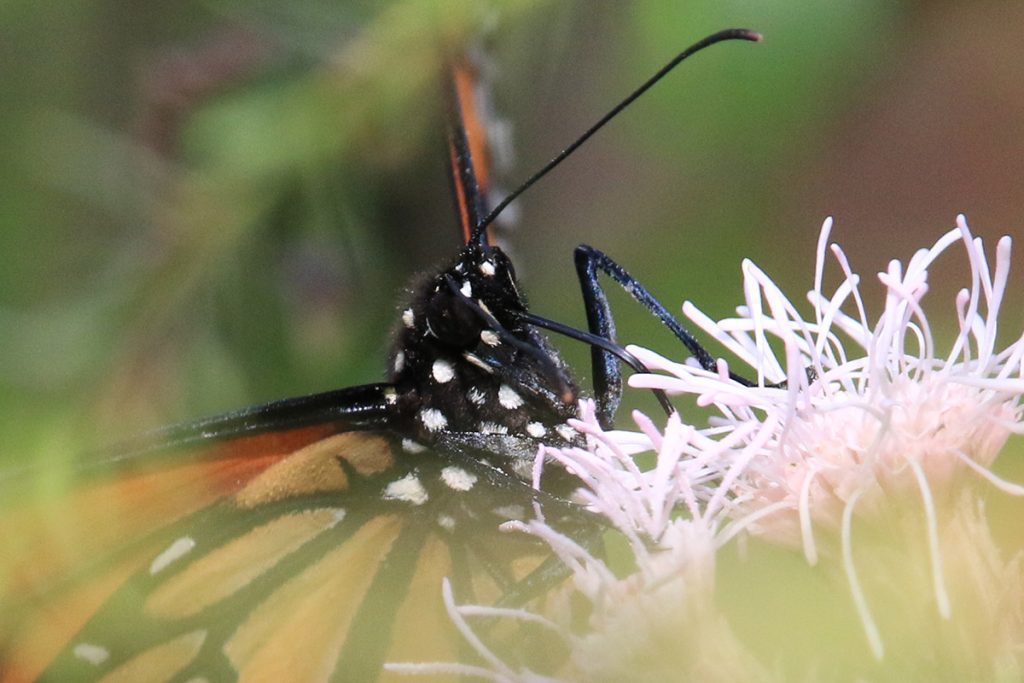
Backyard Blog September and October 2020
In September and October of 2020, most of the smaller bees have gone away, but we do see showier butterflies and moths as we transition to the fall flowers.
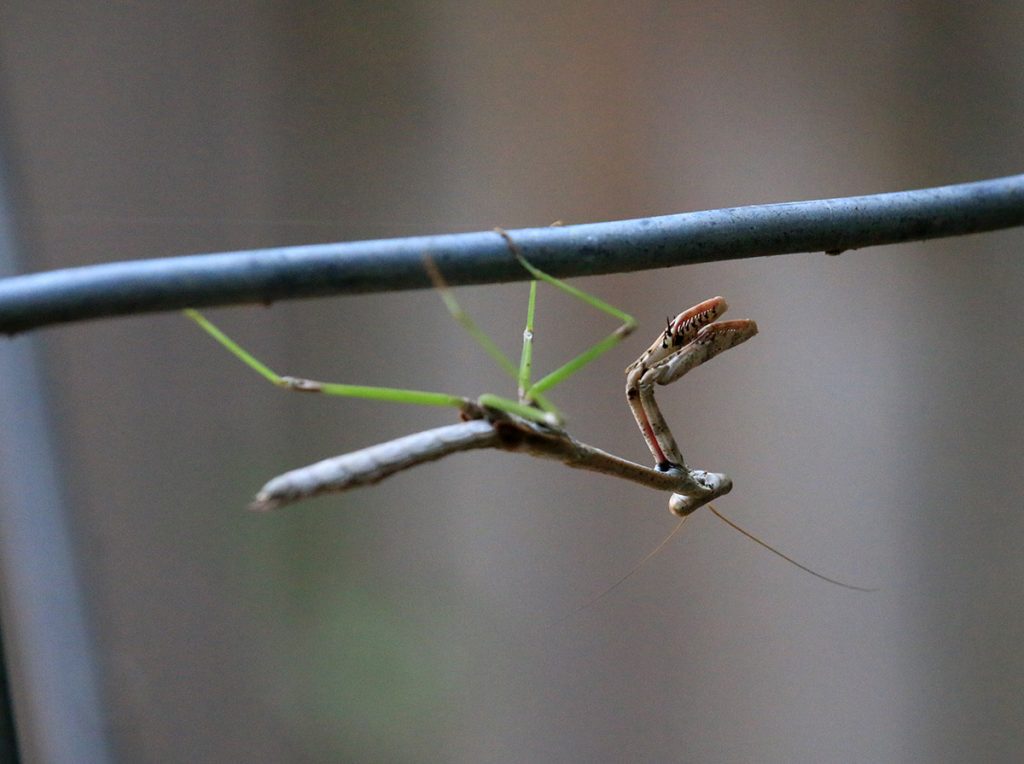
Backyard Blog July and August 2020
In July and August, The late summer flowers bloom, inciting an explosion of bees and wasps. We also see predatory insects, and of course butterflies.
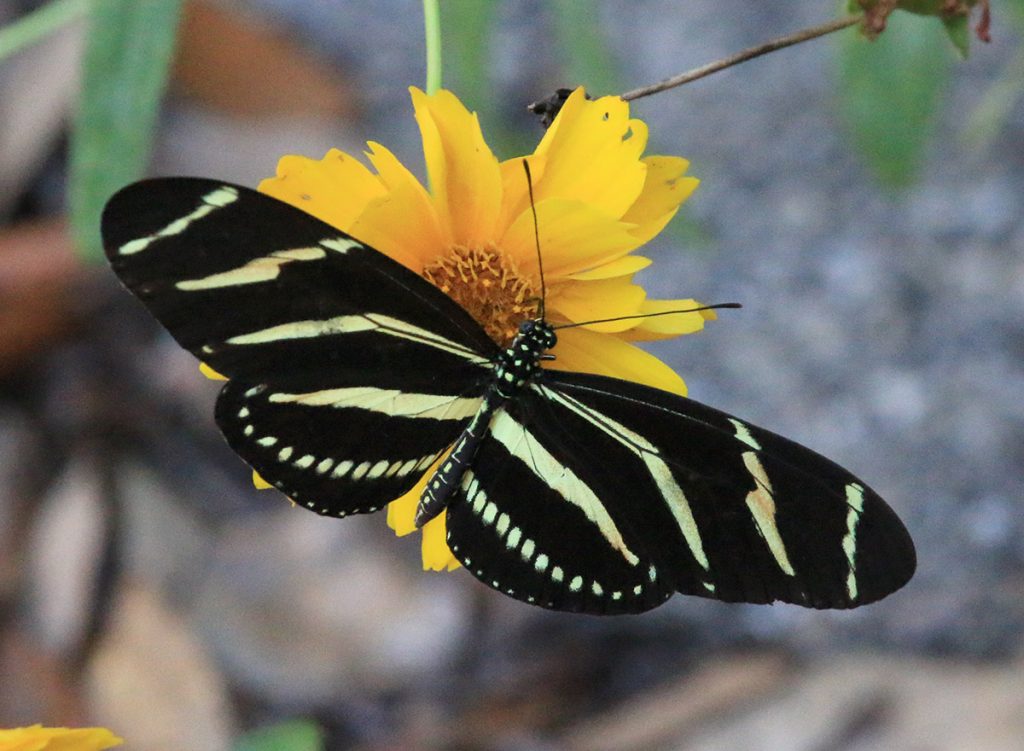
Backyard Blog June 2020
We continue to see more and more bees, and a high diversity of wasps. There were a lot of plant eating insects in the yard, but plenty of animals to eat them as well.
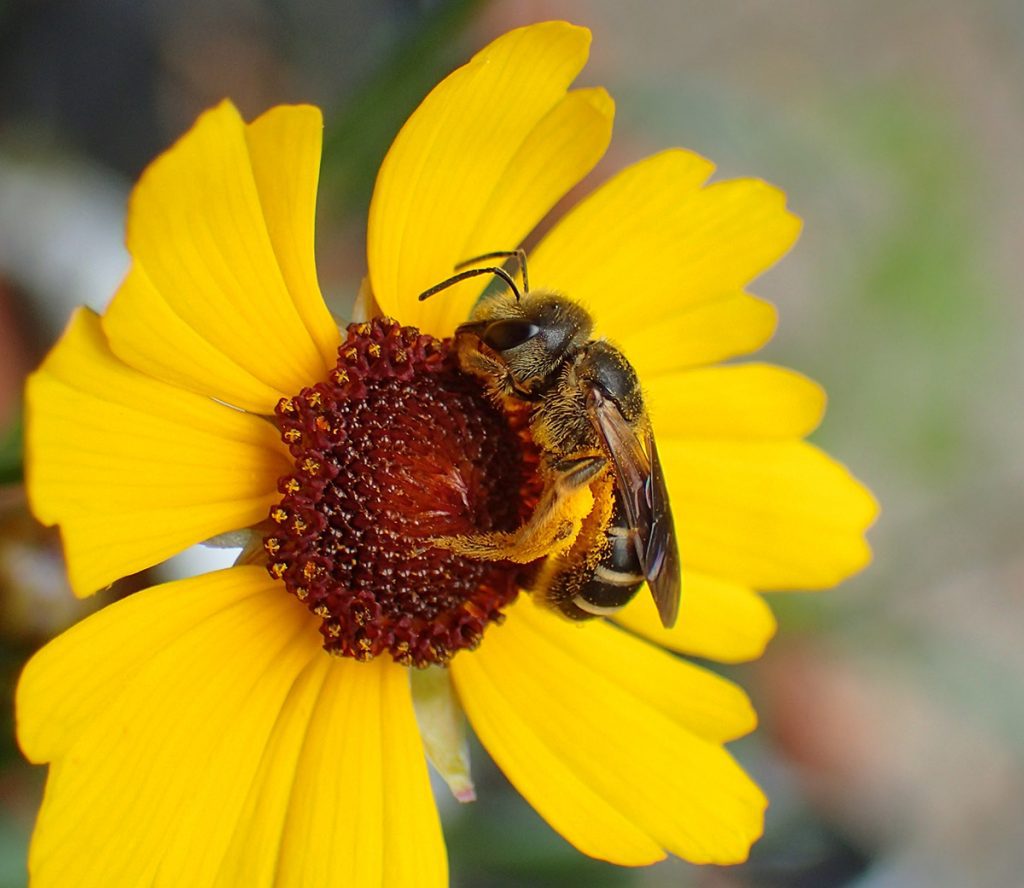
Backyard Blog May 2020
As different flowers begin to bloom, we see more and more species of bees. Butterflies remain active, and caterpillars are grazing their host plants.
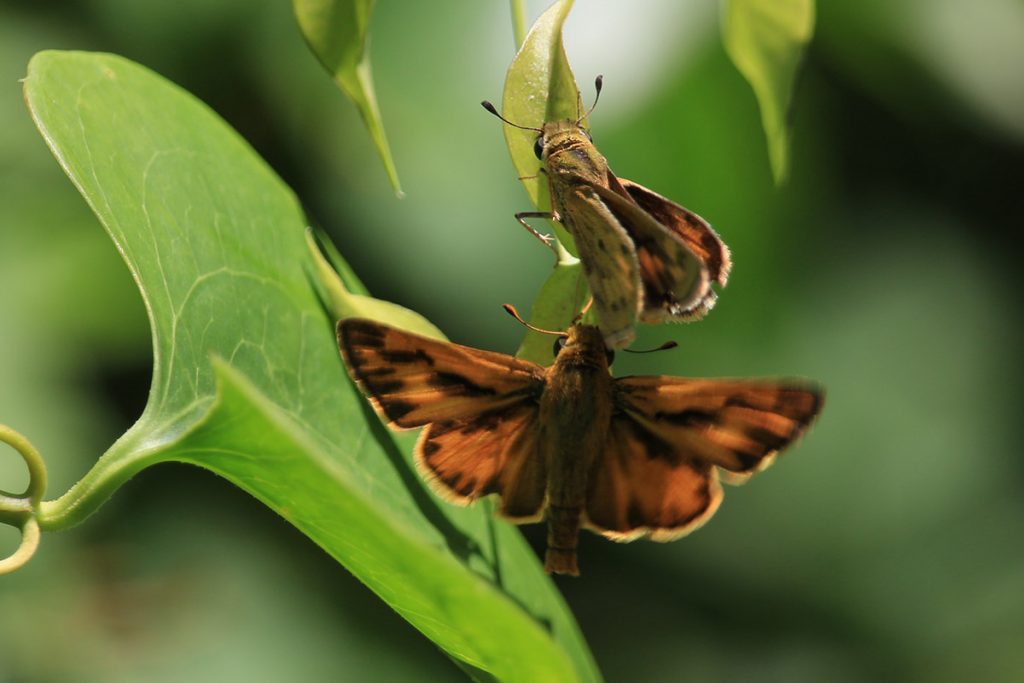
Backyard Blog April 2020
We see a lot of butterflies and wasp species, and an assortment of flies serving various functions in the yard. Also, newly fledged birds!
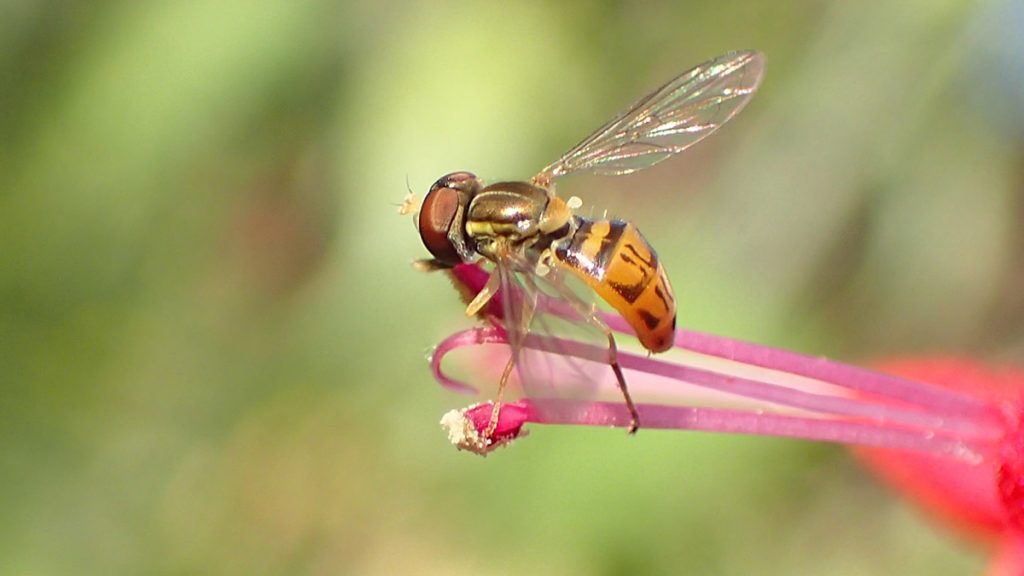
Backyard Blog February and March 2020
We use iNaturalist to identify native “weeds,” in the yard, we start seeing a few bee and wasp species, and meet the doubly beneficial hoverfly.
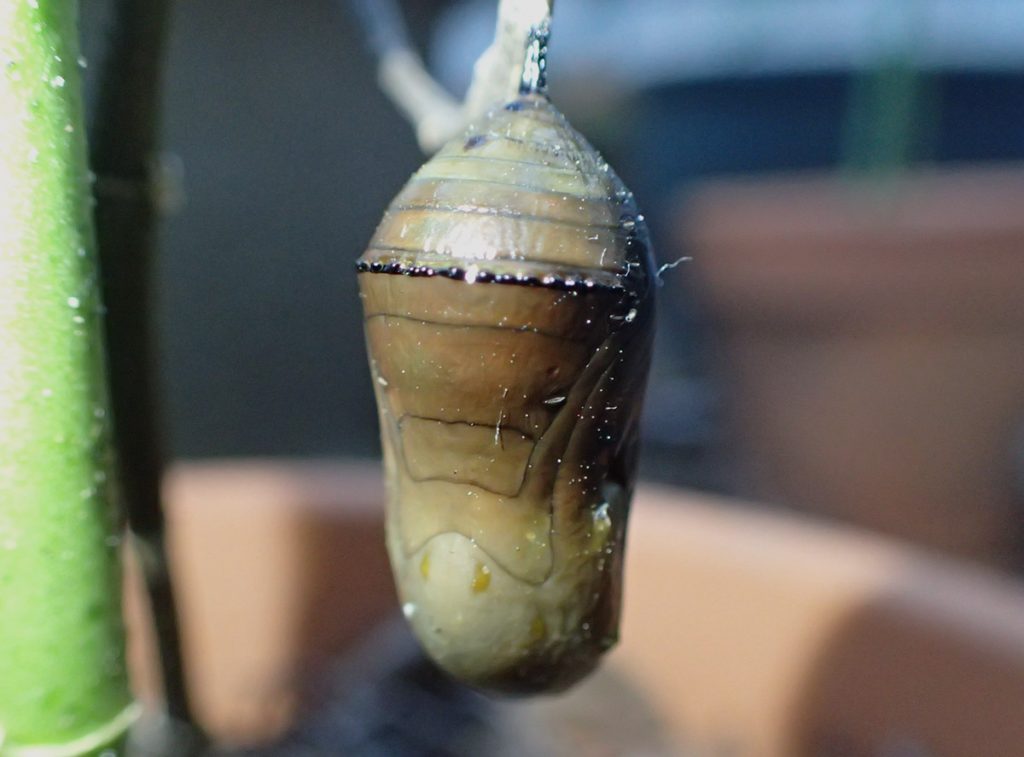
Backyard Blog January 2020
An unseasonably warm January sees early blooms, and monarch caterpillars out of season. We see why tropical milkweed needs to be cut back after Thanksgiving.
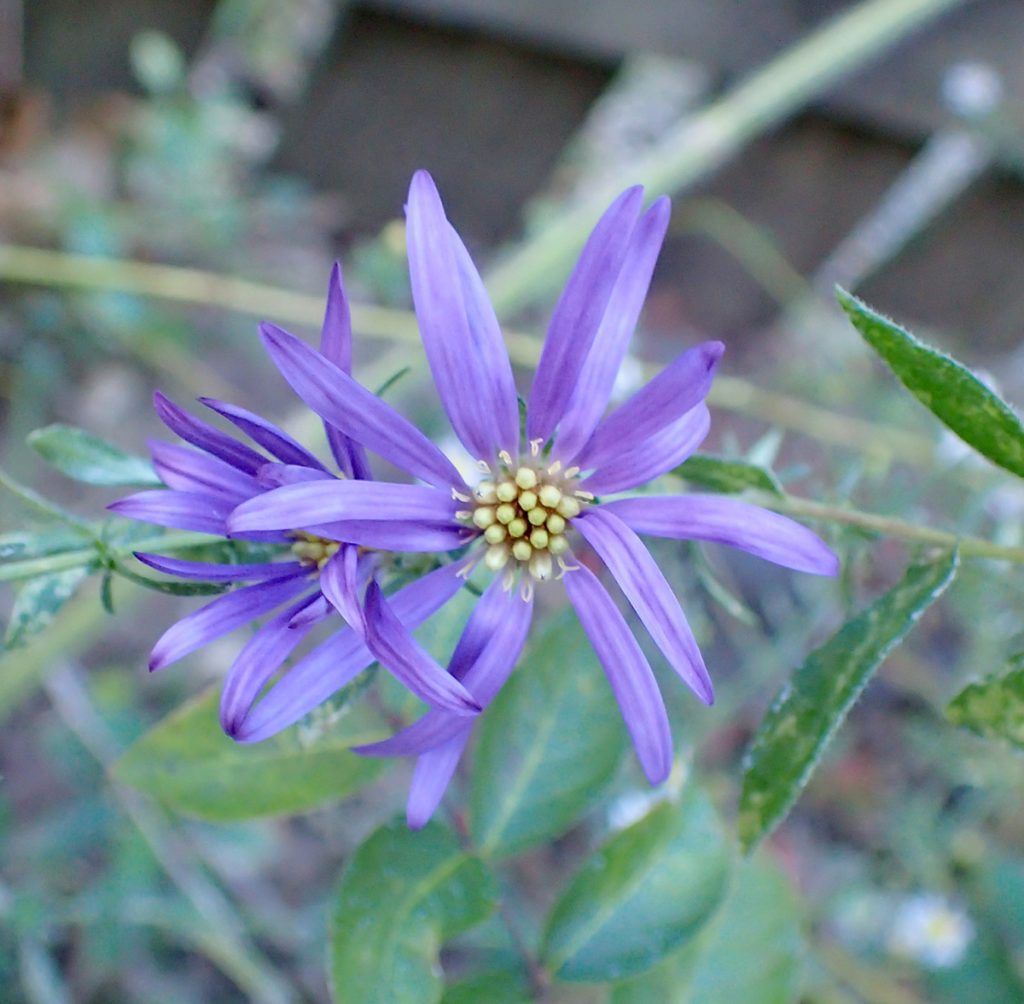
Backyard Blog October Through December 2019
Halfway through the month, a 47 day drought ends. How did our plants respond? And how did pollinators respond to a stressed backyard ecosystem?
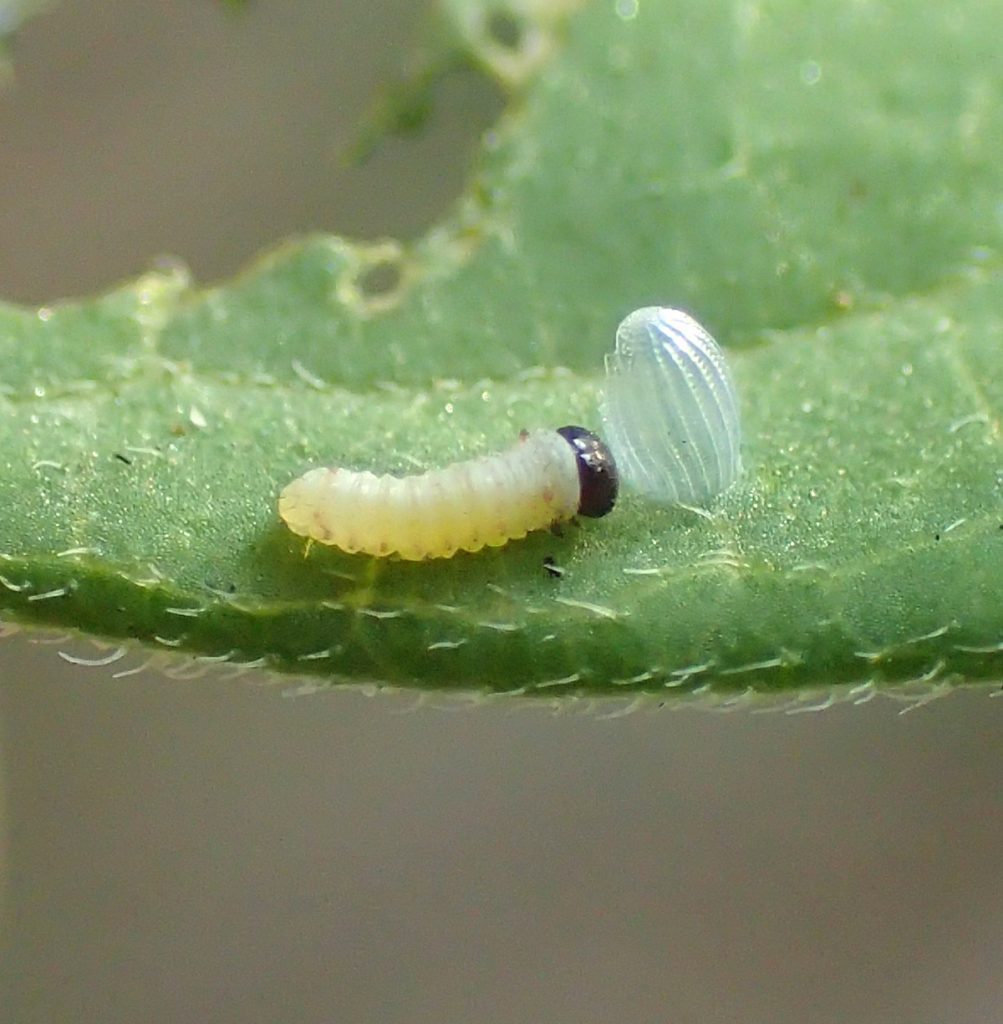
Backyard Blog September 2019
A huge wave of monarch caterpillars meet a mysterious end, a harsh drought hits Tallahassee, and we identify several “weeds” and insects.
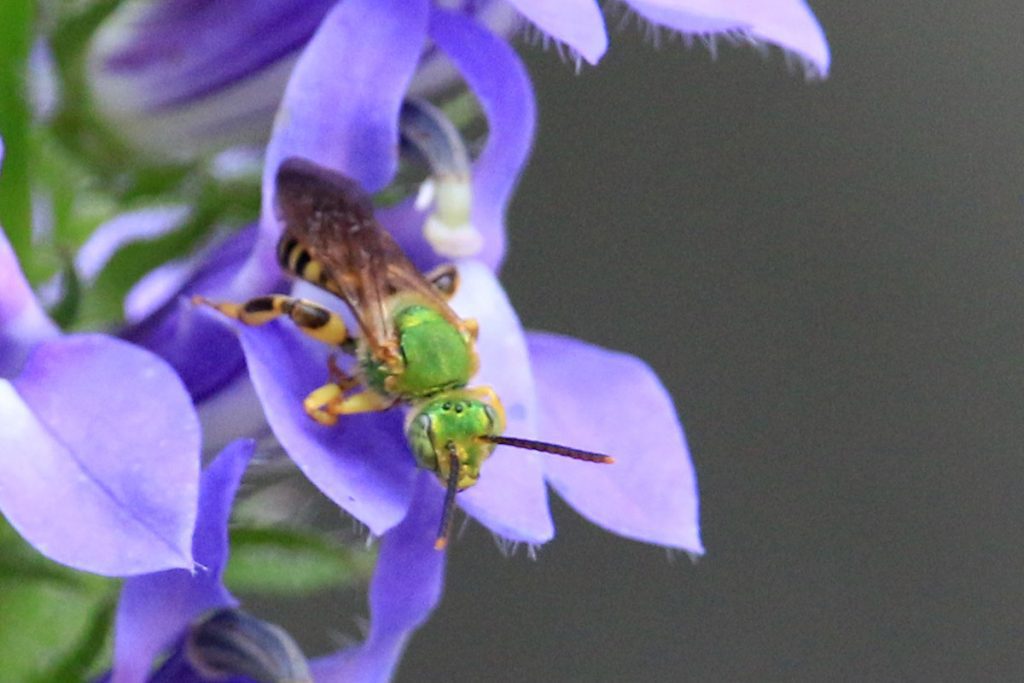
Backyard Blog August 2019
New flowers bloom, the most popular is beebalm. They’re pollinated by a variety of native bees, and we see fanpetals get visited by checkered skippers (to lay eggs?), a hidden monarch, and a few other interesting insects and weeds.
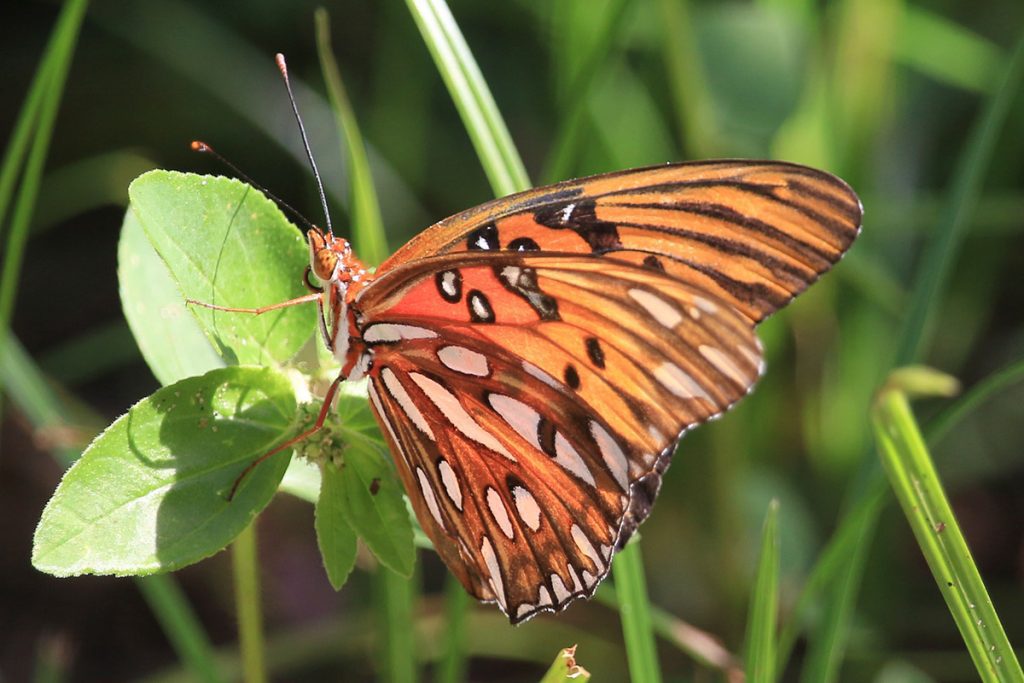
Backyard Blog July 2019
So many pollinators in the yard, including a few species of native bees. Also, iNaturalist helps me identify several “weeds” in the yard. I found a couple of interesting natives, and a couple less welcome plants. Also, predatory insects, weird looking nymphs, and a Carolina wren nest.
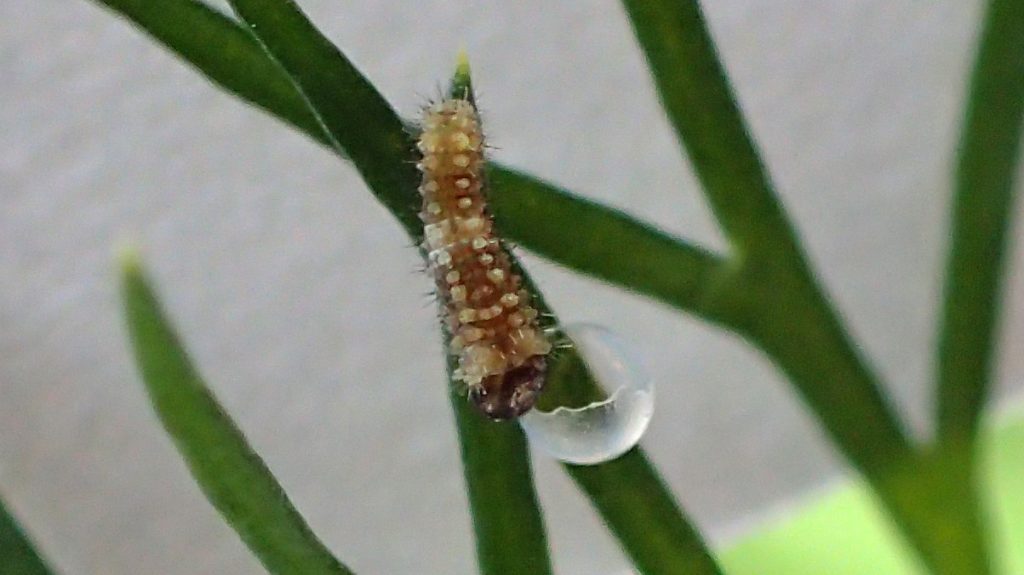
Backyard Blog June 2019
I’m sure plenty went on in our backyard this June, we just weren’t here for much of it. We did see a summer look for a winter visitor to the yard, and in the week after we got back, our first black swallowtail eggs of the year.
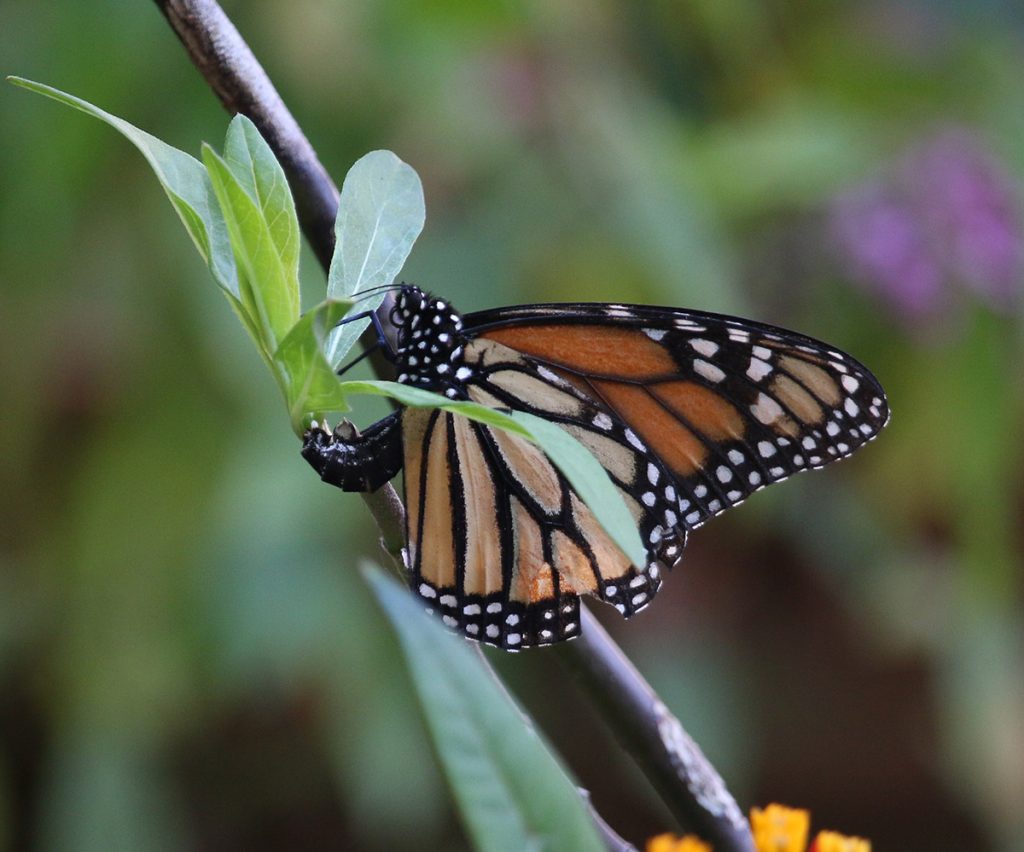
Backyard Blog May 2019
Pollinators became active, and we see a monarch butterfly lay eggs. Also, we continue to use iNaturalist to identify insects and weeds.
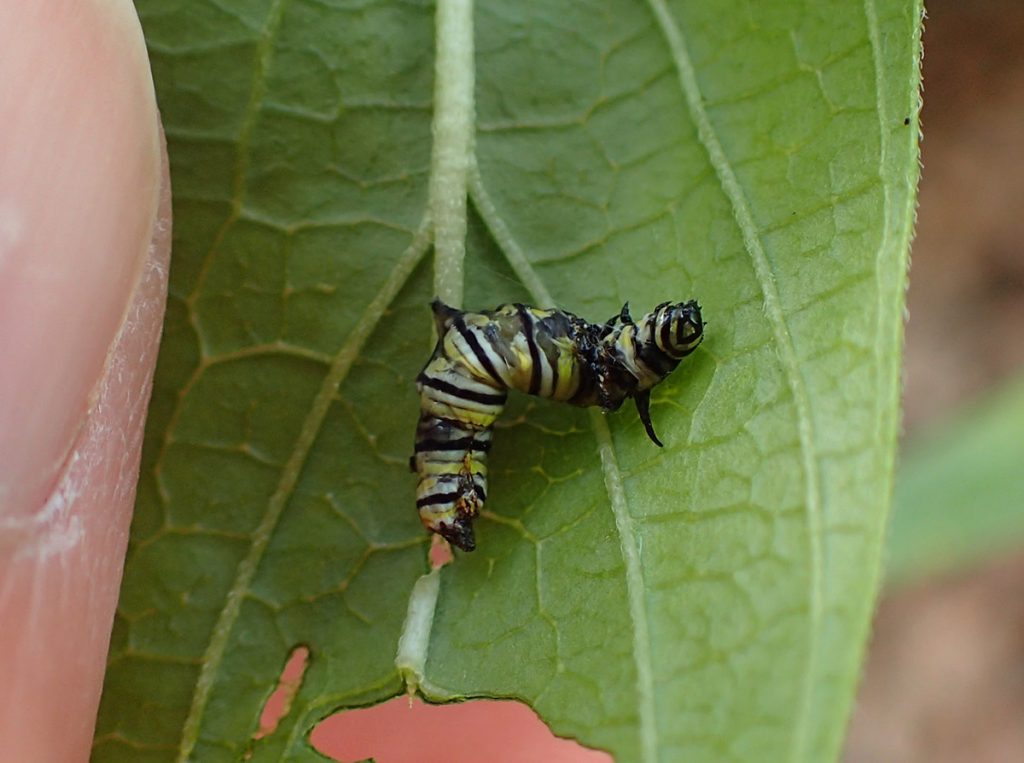
Backyard Blog April 2019
Our first monarchs arrive, and the City Nature Challenge gives me an excuse to ID several plants and animals in my yard using iNaturalist, including an insect I suspect might have killed a monarch caterpillar.
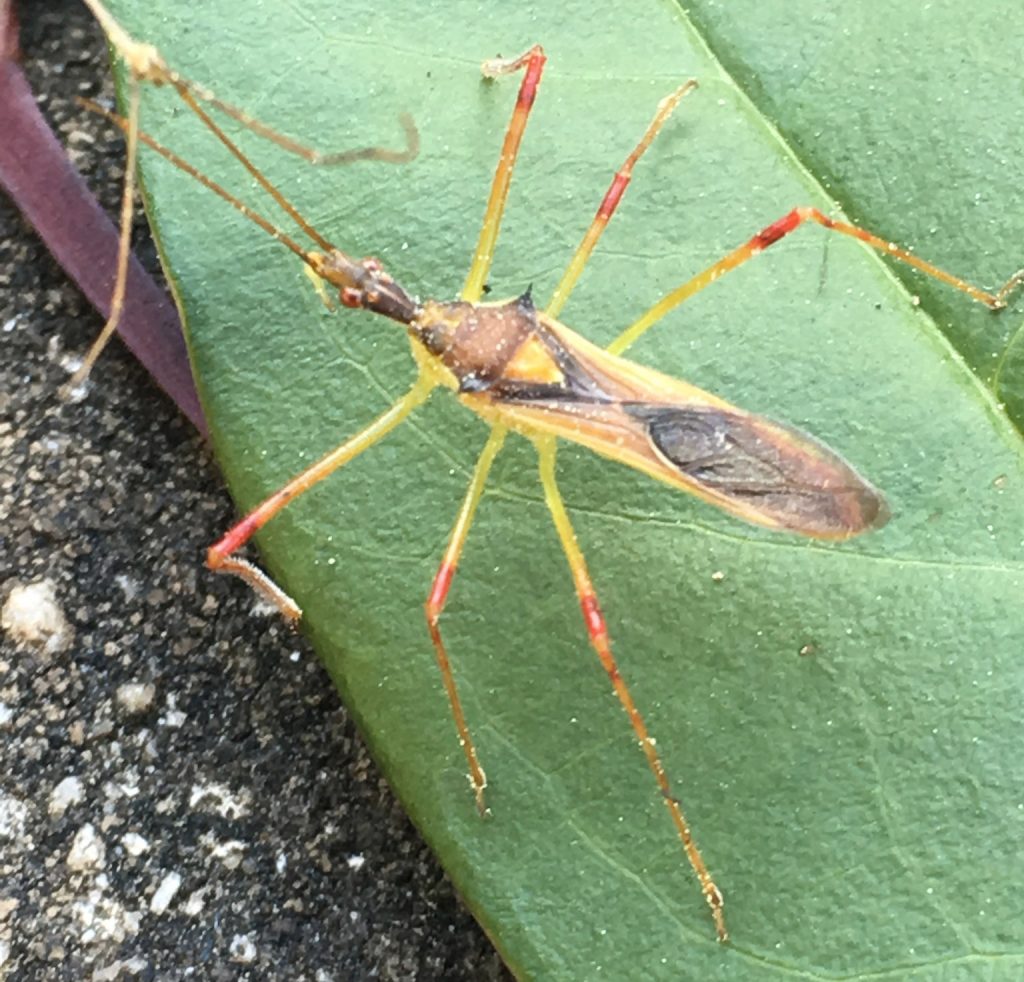
Backyard Blog March 2019
iNaturalist helps identify more weeds. I also use it to ID insects in the yard. Are they beneficial, or pests? That partially depends on your point of view.
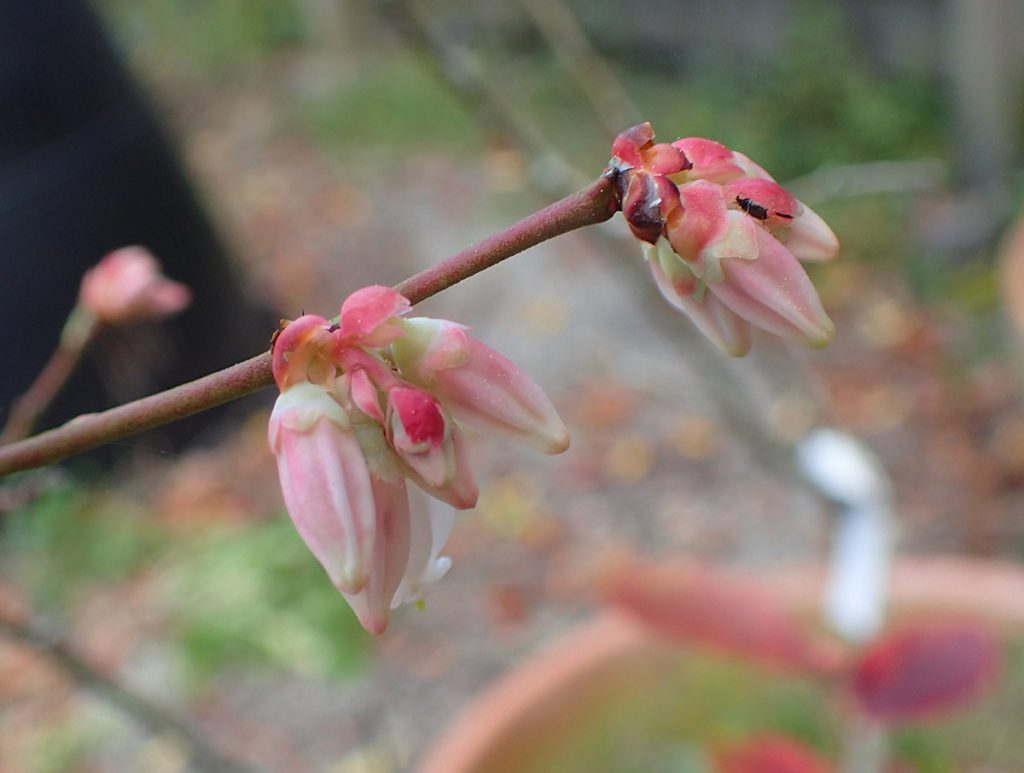
Backyard Blog February 2019
It was a slow month for insects, but several plants were re-sprouting leaves, and we start tp see blueberry and lemon flowers. Also, iNaturalist identifies several weeds in the yard, arming me with the information I need to decide what stays and what goes.
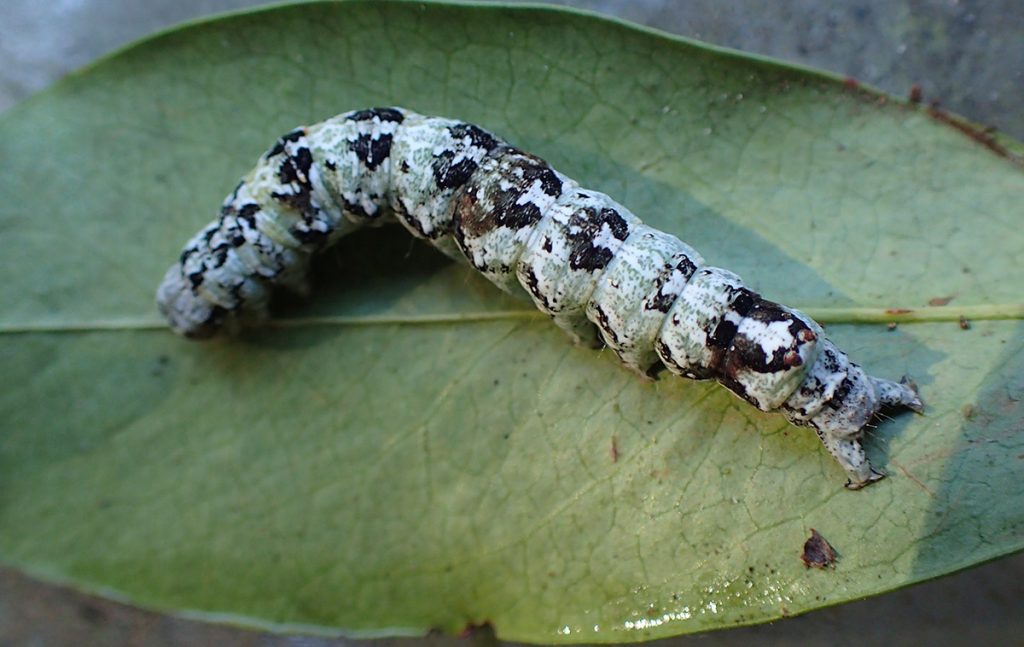
Backyard Blog January 2019
A warmer than usual January had our flowers in various states. iNaturalist helps me identify a mysterious, unseasonable caterpillar and a few weeds.
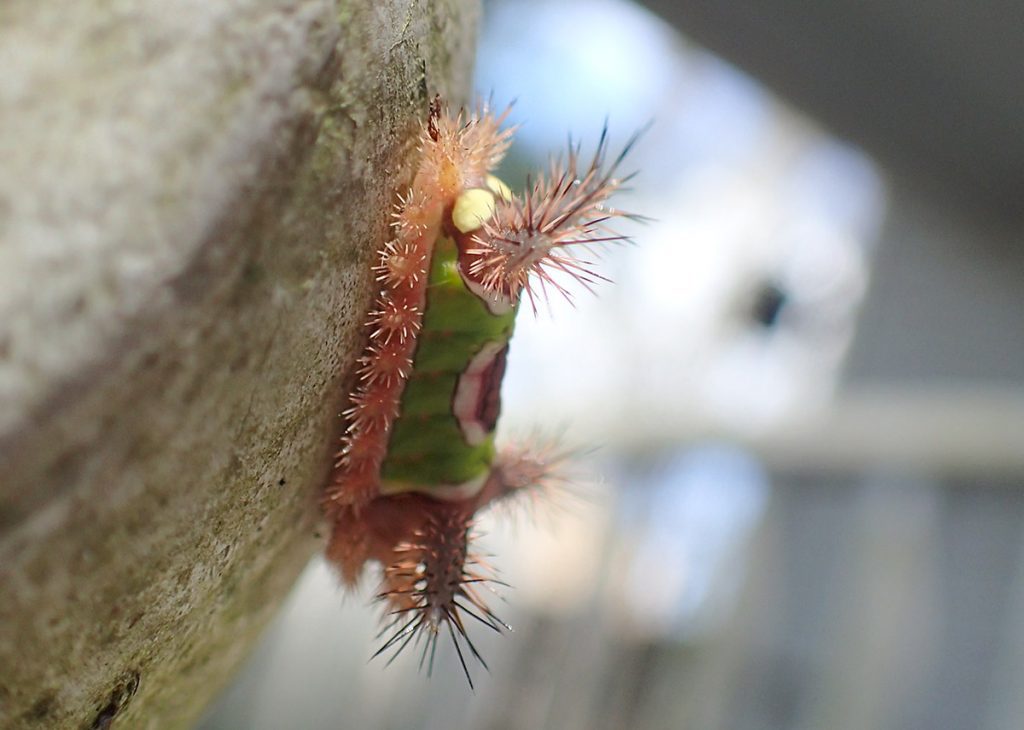
Backyard Bug Blog 2018
Yes, it’s a whole year’s worth of insect and spider observations. You see several species of butterfly go through their life cycles (which I summarized in this post). But we also witness the biodiversity found in a relatively small patch of earth.

Dig Deeper into Backyard Ecology
What can we do to invite butterflies, birds, and other wildlife into our yards? And what about the flora and fauna that makes its way into our yards; the weeds, insects, and other critters that create the home ecosystem? WFSU Ecology Blog takes a closer look.

